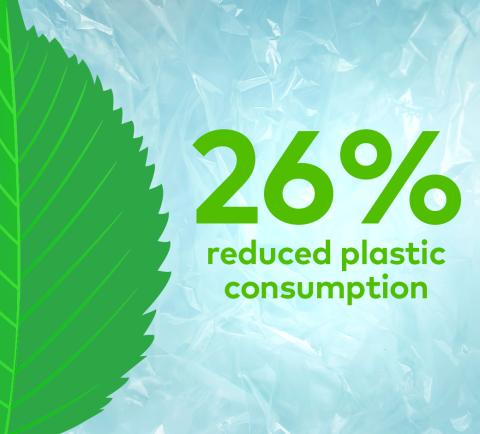The primary challenge we found was that more sustainable, non-plastic materials were often not durable enough for multiple handlings during packaging or transport. In addition, more protective types of packaging significantly increased the volume of the items being transported which meant loading times would be extended and fewer expansion vessels could be transported, leading to a significant increase in CO2 emissions. Therefore, these options had to be excluded.
After months of in-depth testing, the most sustainable but still effective packaging solution we found was to utilize our existing packaging material but develop a new way to pack our products. The new method reduces plastic consumption by up to 26% and doesn’t compromise on package protection, volume, or time to pack.
This method was tested for all sizes of our U-vessels with positive feedback both from our operations team and customers.
This new packaging solution will help reduce CO2 emissions by two tons per year, and it doesn’t stop there. We will be applying the same approach to our Zeparo range and continue looking for opportunities to optimise other existing processes to continue our journey to Net Zero.
Discover more about our Green Initiatives


